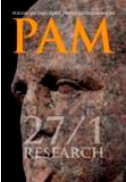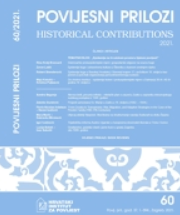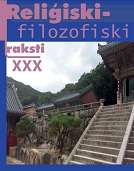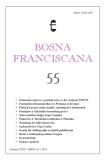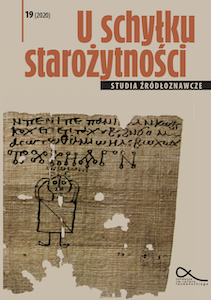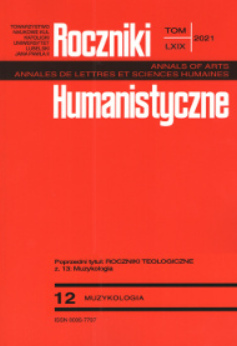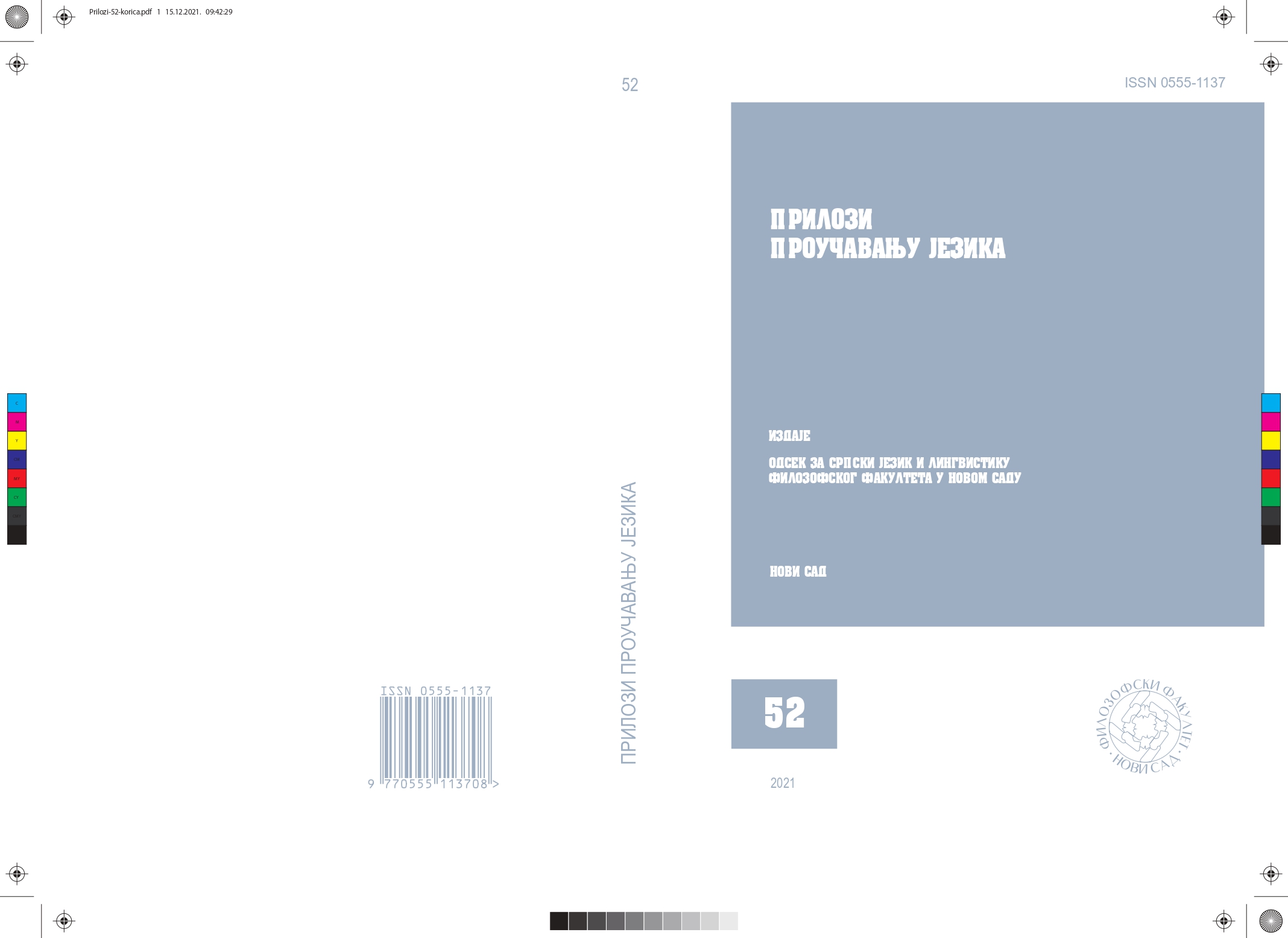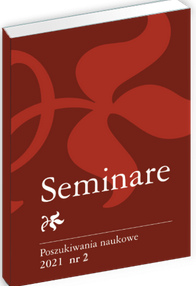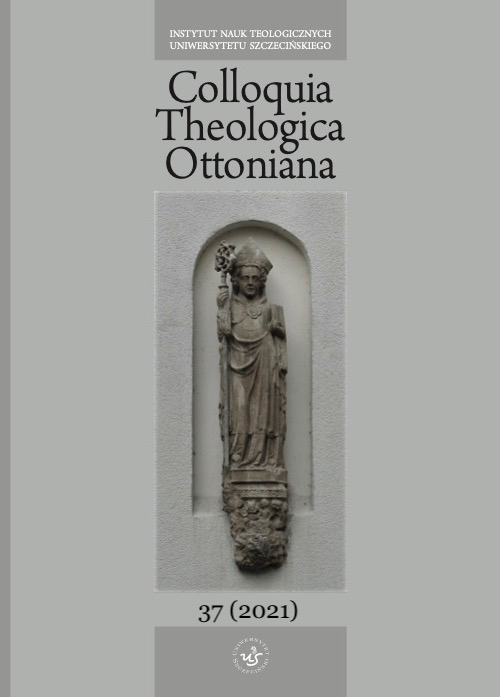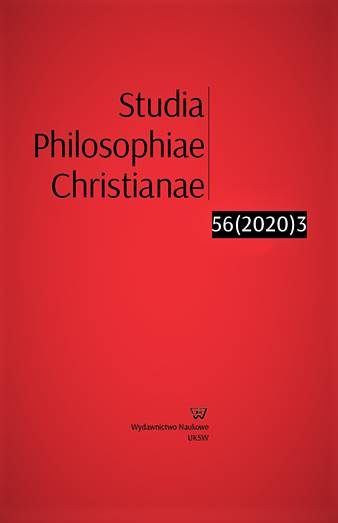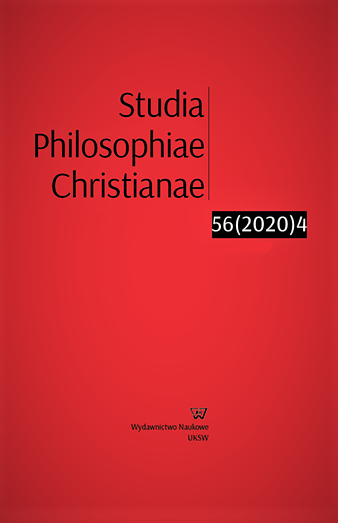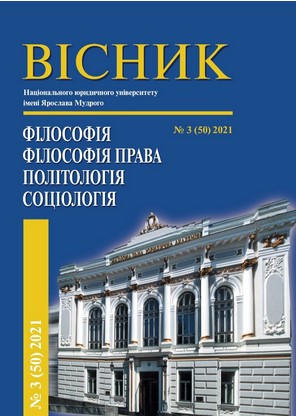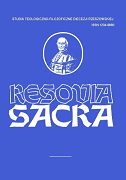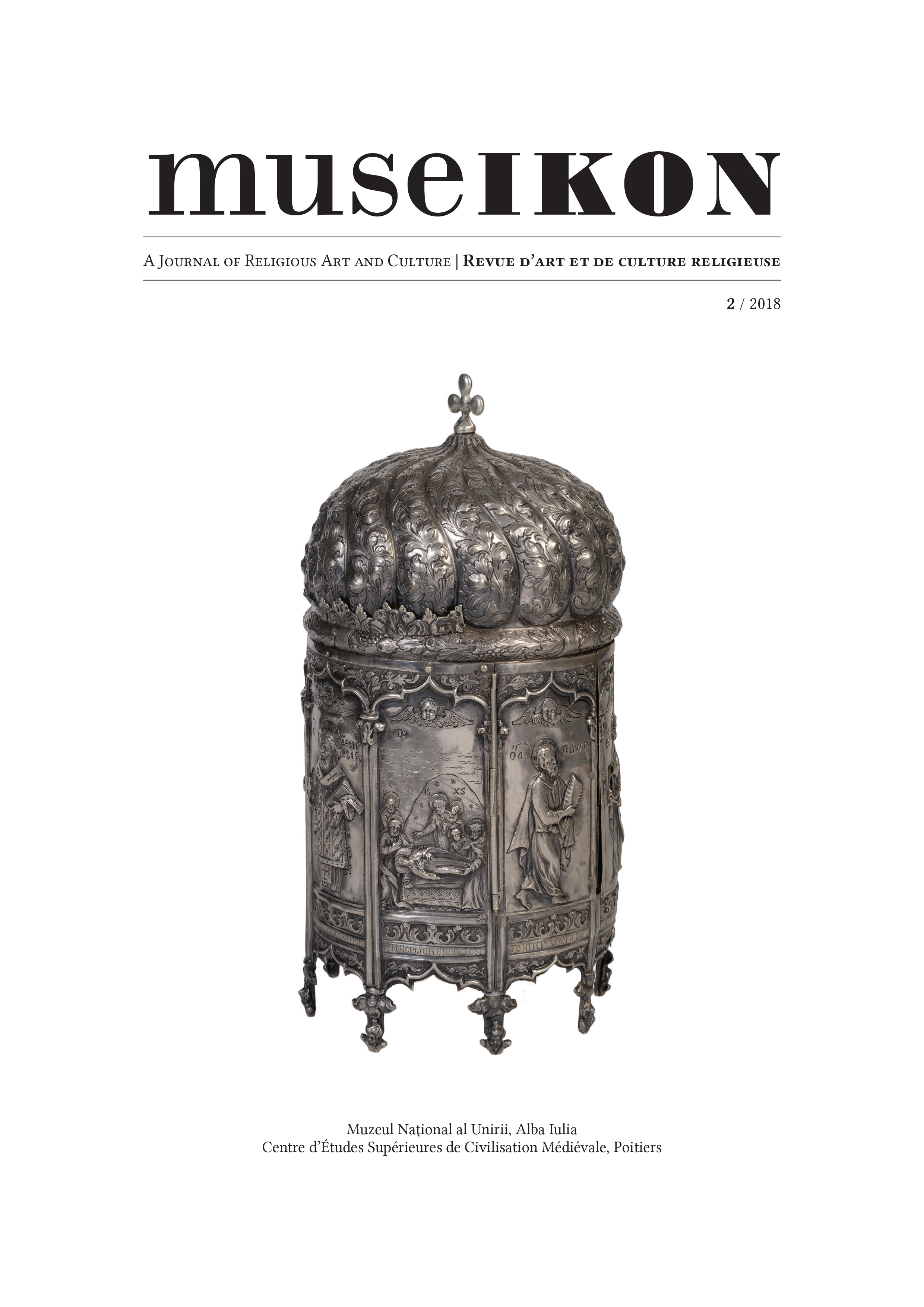
Il pozzo della stella in Betlemme. Sulle tracce di un immaginario mediolatino
In medieval times, an idea emerged that the star of the Magi, a real physical body, had fallen into a well in Bethlehem near the place of the Nativity after carrying out its mission of leading and announcing the event, and that it would still be visible there under particular circumstances. The present article aims to examine how this story was born, how it spread, and how it influenced the Christian imagination. It does so in two ways: analyzing the oldest documented witness to the theme, included in the first chapter of the De Gloria Martyrum by Gregory of Tours (last quarter of the 6th century); and taking into consideration other types of sources, such as the (mainly Latin) Itineraria in the Holy Land and two hagiographic texts relating to the life of St. Willibald. The investigation thus brings to light possible cultural channels between the Medieval Latin West and the Middle Eastern world, emphasizing in particular a decisive chronological junction in correspondence with the events of Crusader times.
More...
